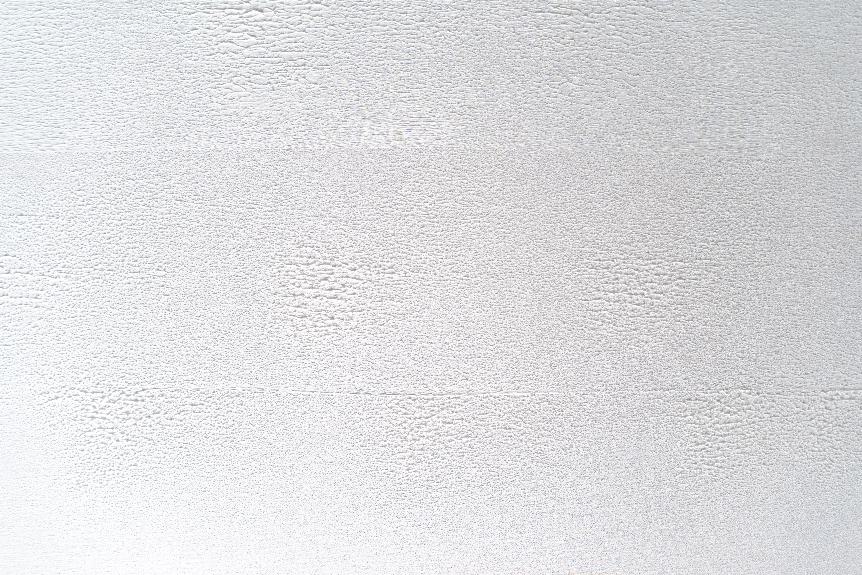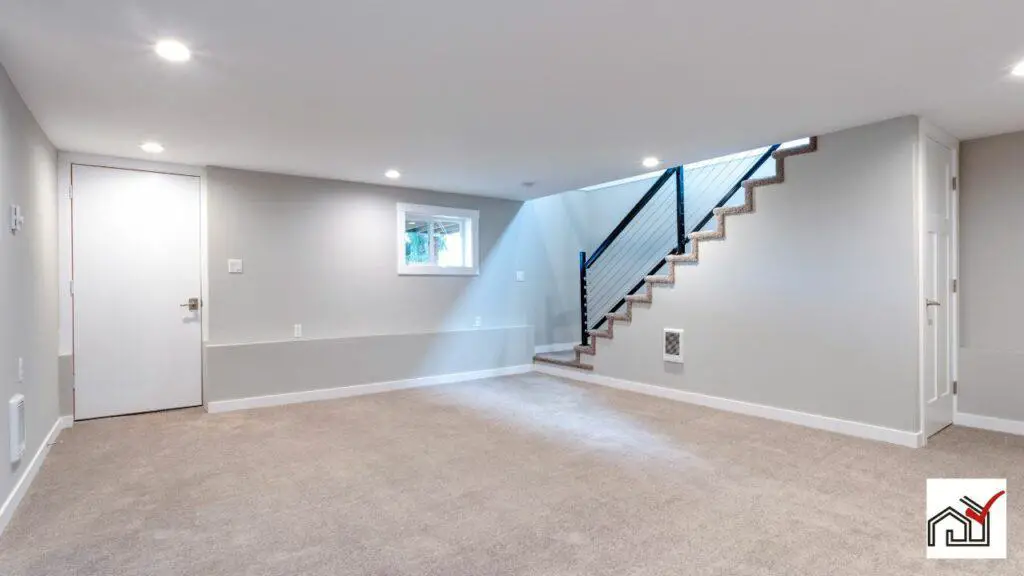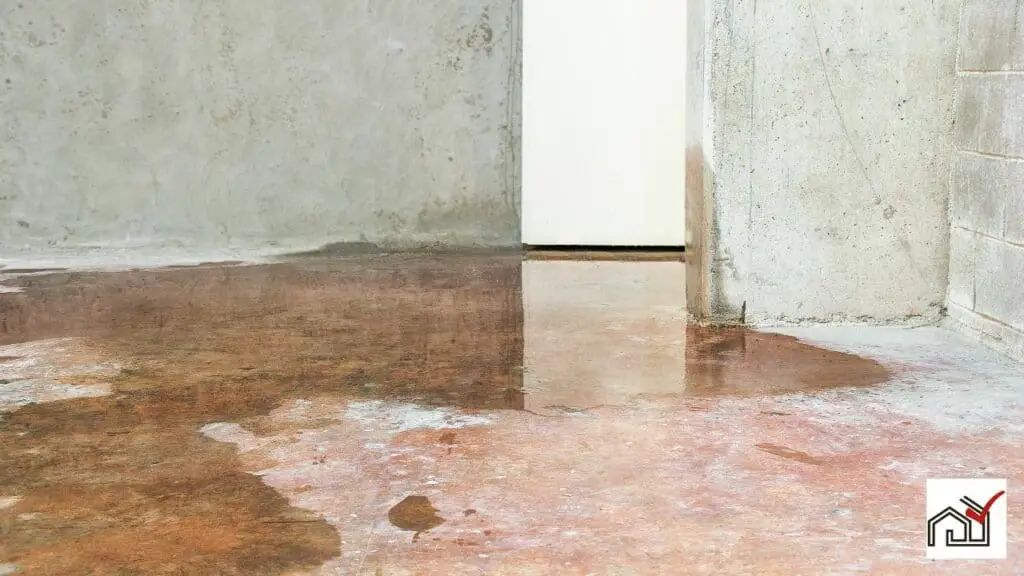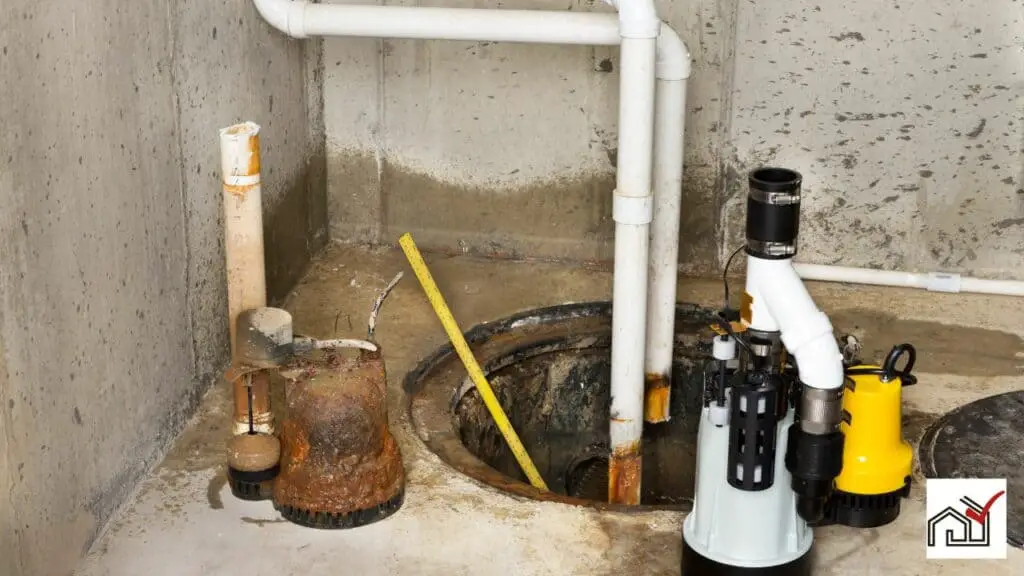When choosing a paint finish for basement walls, consider the low light and high humidity typical in basements. Matte or flat finishes hide imperfections but are harder to clean.
Eggshell and satin finishes are easier to clean with less shine, good for regularly used areas. For areas with more traffic or moisture, semi-gloss or high-gloss finishes are more durable and easier to clean.
Choose a finish based on the basement's conditions and personal style preference.
Understanding Paint Sheen Levels
When selecting a paint finish for basement walls, it's important to consider the sheen level for both looks and durability. Sheen levels vary from flat to high-gloss, each with pros and cons for basement conditions.
Flat paint has minimal sheen and hides imperfections well, but it's less durable and harder to clean, which isn't ideal for high-traffic or damp basements. Glossy paints, like semi-gloss, are shinier and tougher, making them better for areas with moisture or heavy use.
Eggshell paint offers a low shine and is more durable than flat but won't overly show wall flaws like high-gloss paints. It's suitable for moderate traffic areas. Satin finishes have more sheen and are easier to clean and resist mildew, but they can show application mistakes more than eggshell.
Choosing the right paint sheen for a basement depends on the need for aesthetic appeal versus functionality, ensuring the paint looks good and can handle the basement's specific needs.
Best Finishes for High-Moisture Areas
Selecting a moisture-resistant paint finish is important for basements due to potential humidity.
Semi-gloss and high gloss finishes are recommended for high moisture areas because they create a water-resistant barrier and are easy to clean, making them ideal for basements used as bathrooms, kitchens, or laundry rooms.
Satin paint is a good option for basements with occasional dampness; it resists mildew and hides imperfections better than shinier finishes.
Eggshell paint suits areas with moderate moisture, offering some water resistance and a soft appearance.
Using a B-I-N primer provides a vapor barrier to protect paint in high-moisture areas, preventing blistering and peeling.
Durability and Maintenance Considerations
When choosing a paint finish for basement walls, it's important to consider both the appearance and the finish's ability to withstand the basement's often damp conditions. Moisture fluctuations can damage wall finishes, so it's essential to choose a paint that is durable and easy to maintain.
Eggshell and satin paints are good options for basements. They are more resistant to scuffs and wear than matte finishes and work well in frequently used areas. Satin is particularly good for moist basements as it resists moisture well, which helps prevent mold and mildew.
For even greater durability, semi-gloss and high-gloss finishes are very water-resistant and easy to clean, making them ideal for basement areas with higher moisture exposure. They do show wall imperfections more, so the wall needs to be prepared carefully.
Before painting, apply a high-quality latex primer to the walls. A primer like B-I-N acts as a vapor barrier, sealing the surface and preventing problems like blistering and peeling from moisture.
With the right paint finish and thorough wall preparation, including primer application, basement walls can remain visually appealing and durable.
Aesthetic Appeal of Various Finishes
The visual appeal of paint finishes is important for setting the mood of a basement. Homeowners should consider how a finish looks in addition to its durability and upkeep. The right finish can make a basement both functional and attractive.
Eggshell paint has a soft look and a slight shine, making basements appear elegant. It reflects light gently and suits those wanting a refined look.
Satin paint has more sheen than eggshell, creating a welcoming atmosphere. It hides minor wall blemishes and is suitable for less busy areas.
Semi-gloss paint is shiny and reflective, brightening active areas of the basement. It's often used for trim and accents to make them stand out.
Flat paint hides wall defects well due to its matte finish. It's good for older basements with noticeable flaws, offering a sophisticated look.
High gloss paint is very shiny and is typically used on cabinets, doors, and trim for its durability and to make design elements pop.
Tips for Applying Basement Paint
Before painting basement walls, it is important to clean and dry the surface and remove any defects. This ensures good paint adhesion and a smooth finish. Start by thoroughly preparing the surface. If there is old paint that is peeling or chipped, it should be removed and the wall should be sanded. Hiring professional painters can be beneficial to achieve a polished and durable result.
Professional painters are equipped to tackle issues such as mold, mildew, and moisture, which are common in basements. It is advisable to use moisture-resistant paint in basements due to the high humidity. This can help prevent future paint damage.
When it comes to painting, it is a good idea to test colors on the walls to see how they look under the lighting conditions in the basement. Choosing the right sheen is also important, as it can impact the appearance and durability of the paint. Applying multiple coats of paint will provide better coverage and enhance durability. It is crucial to let each coat dry completely before adding another.
Patience and careful work are key to achieving a successful basement transformation.
Addressing Basement Wall Imperfections
To reduce the appearance of basement wall imperfections, selecting the right paint finish is key. Flat paint hides flaws well due to its non-reflective nature but is less durable and harder to clean. It's best for low-traffic, dry areas.
Eggshell paint offers a balance, hiding imperfections while being more durable and cleanable, suitable for moderately used spaces.
Satin paint, with a slight sheen, conceals flaws and is easier to clean than flat paint, ideal for areas with minimal traffic. Before painting, evaluate the drywall condition, as higher sheen paints may accentuate any surface flaws.
Consulting a professional painter can help choose the best finish for a lasting, attractive result.





